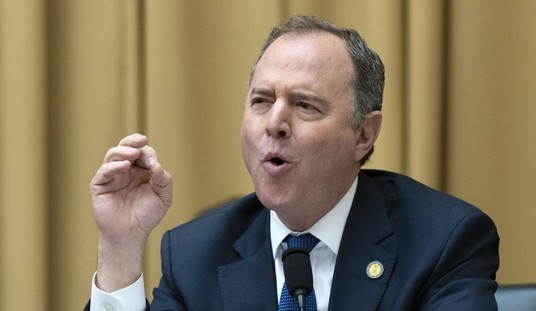The Washington Post’s Glenn Kessler has a new fact check up on Sen. Ted Cruz calling out President Biden for canceling the Keystone XL pipeline’s permit and “11,000 jobs, including 8,000 union jobs, for contracts worth $1.6 billion”:
New #FactChecker –> Ted Cruz pumps up Keystone job numbers https://t.co/tgqAjegkVo
— Glenn Kessler (@GlennKesslerWP) January 26, 2021
Kessler says Sen. Cruz inflated the number because the 11,000 jobs are just construction jobs and are temporary (duh!) and thus earned “Two Pinocchios”:
The Pinocchio Test
Cruz cited a real estimate of approximately 11,000 jobs, but he left out that they were all temporary. In the same report, the State Department said the Keystone XL pipeline, if built, would require only 35 to 50 permanent positions.
The missing context is key here, obscuring half the story. Cruz earns Two Pinocchios.
Two Pinocchios
So, in other words, Sen. Cruz was 100% correct?
WaPo confirms that YES, on his 1st day in office, Joe Biden destroyed 11,000 jobs (including 8000 union jobs).
But, it says, they’re construction jobs so are only temporary.
ALL construction jobs are temporary. Presidents still shouldn’t destroy them. https://t.co/ua0jJFrl23
— Ted Cruz (@tedcruz) January 26, 2021
And we’ll point out that in 2017, Kessler fact-checked President Trump on these job numbers, too. . .
Fact Checker: President Trump’s inflated estimate for Keystone XL construction jobs https://t.co/bxZH02QNiW
— The Washington Post (@washingtonpost) January 25, 2017
. . .and found that the total number of direct jobs created equaled 16,000. From the Washington Post back then:
Trump said that Keystone would create 28,000 jobs, “great construction jobs.” In reality, the pipeline would create 3,900 construction jobs, though the figure could be pushed to nearly 7,000 construction jobs if you include indirect effects. The total number of direct jobs created, including construction, amounts to 16,000, according to the State Department.
Recommended
And in the context of the U.S. economy, this is not “a lot of jobs.”
It’s important to get these numbers right and not over-promise the results of presidential action. We wavered between two and Three Pinocchios but Trump’s suggestion these were all construction jobs tipped us to Three Pinocchios.
Kessler was also much kinder to Sen. Bernie Sanders in this fact check on 13 million jobs created from #1 trillion in infrastructure spending:
We looked into Sanders's 13 million jobs from $1 trillion infrastructure plan. https://t.co/jwrRYhJpRM
— Glenn Kessler (@GlennKesslerWP) March 7, 2016
How come there’s no mention that these are temporary jobs? Note the final paragraph where he explains that “jobs” is being used instead of “job-years” and that’s okay for Dems:
Finally, he says this spending will create as many as 13 million jobs. This is derived from a White House Council of Economic Advisers estimate that every $1 billion in federal highway and transit investment would support 13,000 jobs for one year. We have examined this estimate before, and it’s worth remembering that one-third of these jobs are directly created (such as construction workers), one-third are indirectly created (such as people hired by suppliers to construction firms) and one-third are induced (jobs created as the spending by employed construction workers filters through the economy).
Some readers might object to counting indirect and induced jobs as part of the calculation, but this “multiplier effect” is fairly standard in terms of assessing economic impact. And, actually, 13,000 jobs per $1 billion is on the low side for these kind of estimates. Other estimates on the economic impact of government spending suggest 25,000 jobs per $1 billion, 29,000 jobs per $1 billion, 36,000 jobs per $1 billion and even 44,000 jobs per $1 billion — which certainly shows how uncertain the craft of economics can be.
We should note that “jobs” is being used here as a euphemism for “job-years.” A construction worker engaged in a construction project for two years, for instance, would count as two “job-years,” or two jobs.
And we expect much, much more of this over the next four years:
If you want to see how fact checking is going to work under a Joe Biden White House at Wash Post & CNN, this would be it. https://t.co/x2lYz2ANR2
— Stephen L. Miller (@redsteeze) January 26, 2021
***























Join the conversation as a VIP Member